We love to believe that we are reasonable. We love the thought that we are rational, and that we weigh evidence, and make decisions. But from our brain’s perspective, that’s not really quite how it works. In the human mind, we feel first. The feeling is then interpreted into rational thought. Just like our eye receives light milliseconds before our brain knows what to call it, we feel before we think.
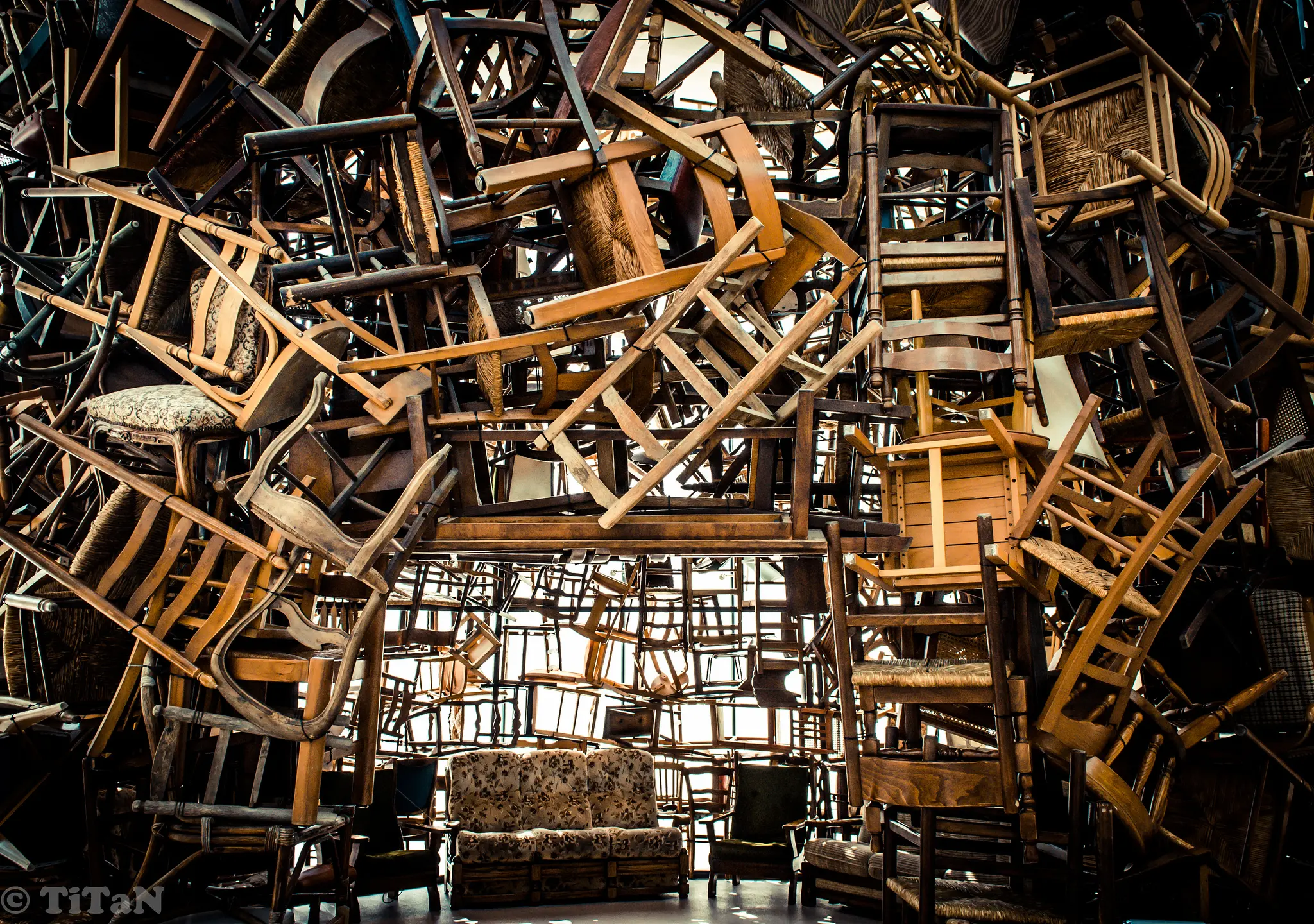
Photo by Amgad Fahmi
In photography, it’s easy to spend a lot of time on the thinking part, and there’s nothing wrong with that. If we want to be amazing photographers, we’re going to have to put that time in eventually. But that doesn’t make us better artists, just perhaps more technically proficient ones. One aspect of our art is enhanced as we improve our technical prowess, but technical prowess does not an artist make.
A master painter with a blank canvas can cover it in colors and shapes and textures, but they have to know when to stop. There is no conclusive way to know when to stop–the painter has to feel it. “Stop” is in his gut somewhere and the artist is listening for it. Since we feel before we think, a world-class painter doesn’t let the textbook in his mind overpower the gut intuition that it’s done. He can turn and say, “Look, I made this.”
But photography is a little bit different. It’s not about, “Look, I made this.” Not exactly, anyway. The photography itself is just about, “This”.
Photography is About “This”
Photographers create by way of notation. The capturing of images is not creating something, per se, it’s saving something. There are countless ways photographers create within the framework of photography, but capturing an image is more a matter of notation, rather than creation. A still life photographer might create a scene with absolute perfection, and when the moment is exactly right, he makes note, by capturing an image. A portrait photographer chooses her setting carefully, arranges bodies with care, and then when the smile–the moment–is perfect, she makes note, by capturing an image.
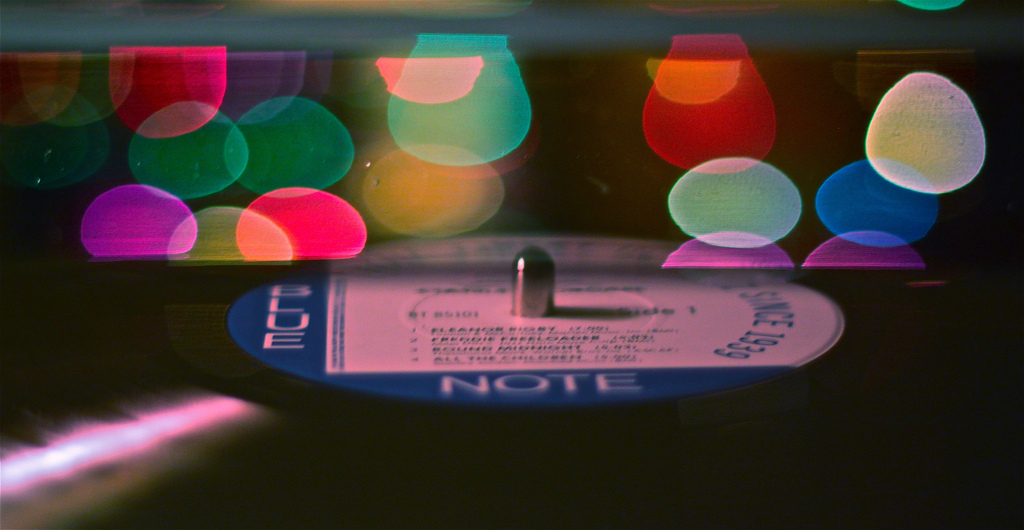
Photo by “Tim”
Many of us never realize how easily we confuse our creation with our notation. And indeed, when all is said and done, they become one and the same. But they do not come into existence that way or within the same immediate process.
Just like the painter has to listen closely to his gut for the signal that the painting is done, the photographer has to listen closely to his gut for the signal that this is the moment, “now!”
Even film photography is a technology craft. The tools are high-tech compared to some bristles on the end of a stick, or a string between two wooden blocks. Because of this, more frequently than in some other artistic mediums, we are likely to to confuse our technical proficiency with the quality of the art we create. We allow the technicalities of our equipment or our process to become synonymous with the art we want to create.
Do you notice the insidious little gremlin hiding in there?
The Photographer's Gremlin
A painter who overrides his gut might not stop when he should, and his overdone work will stand as a lesson to him. Every time he looks at it, he’ll see all those extra marks that don’t belong there. His own artwork will make him a better artist. But when you, a photographer, override your gut that is telling you “now, now is the moment!”, you might never take a picture at all.
When you override your gut, you can get sucked up into loops of obsession over gear, and the coolest techniques, or the most mind-blowing post processing. You might experience a cycle of encouragement as you imagine trying all these things out yourself, and discouragement as you wonder whether you actually could. And if you’re in the habit of overriding your gut, I bet you think about those things, and look at them online, a lot more often than you actually try them out yourself.
Your gut is what is telling you to bring your camera to the party tonight, but your head is telling you not to bother because you haven’t really had a chance to play with the speedlight yet. Your gut is the one who says “get your camera out of the bag”, while your head is saying “it’s really dark”. Your gut says the pepper-jelly dip is really good, and that you should spend a few minutes with it and your camera, it’s your head saying “this lens really isn’t ideal for food photography”.
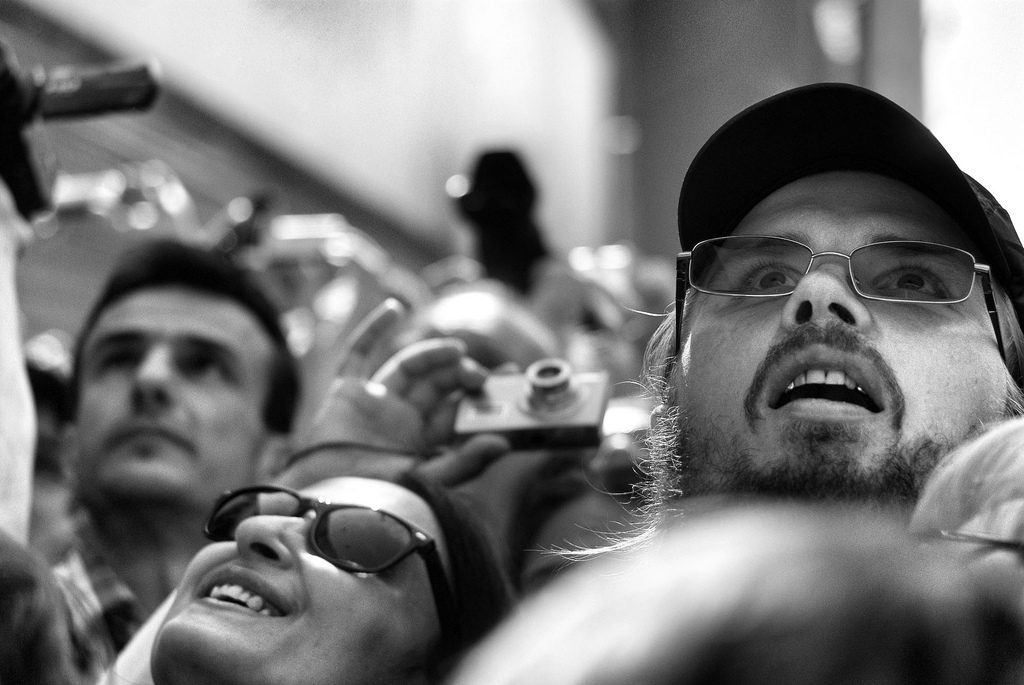
Photo by Boris Sv
I’m someone who gets tired of talking. I want to move. I want to create and experience the sense that something has come into existence because of me. Far more important to me than doing something awesome, is just doing something. Yet, still, I find myself glued to a computer screen–inspired by the feats achieved by fellow artists, or deeply disparaged in the same stroke. If I’m not careful, I forget to listen to my gut, I start to believe what I hear in my head as if it were true. As if there were no other perspective.
The Creation Itself
I’ve said here that the photographer’s gut is where our creation is. In discovering the moment when your gut says “now”, or “this”, and making note of it. But, you see, the act of listening to your gut is not a stage in creation. It’s creation itself. It’s choosing to do one thing, perhaps instead of another thing, and creating a whole new path in front of you because of it. This is a foundation below every artist, of every type. The choice to do one thing and not another. The choice to bang on trash cans when drum set is too expensive, instead of just dreaming about it. The choice to smear paint across a strip of bark with your fingers when the closest canvas is 200 miles away and your only brush was stolen, instead of being upset that some other artist has access to all the finest paints. The choice to lift up your camera and note a moment beautifully, even though the only one you have is trapped inside a cell phone. It’s the choice to to say, “I hear you head, but we're going to let the gut have a go at it.”
Practicing and learning all the sinuous functions and technicalities of a craft is easy. Listening to your gut is not. This is why I propose that when you practice, practice listening to your gut. What is your gut telling you to do? Just do it, even if you know it's breaking the rules somehow. Your gut is saying the photo looks awesome without even being processed? Don't process it. Just go ahead and publish. Your portrait session is raining out, but your gut is saying “shoot anyway”? Do it, shoot in the rain. Let the results be terrible if they must.
To practice listening to your gut is to practice overriding your rational brain. The more your rational brain thrashes against your gut, the more seriously your should consider the direction your gut wants to go.


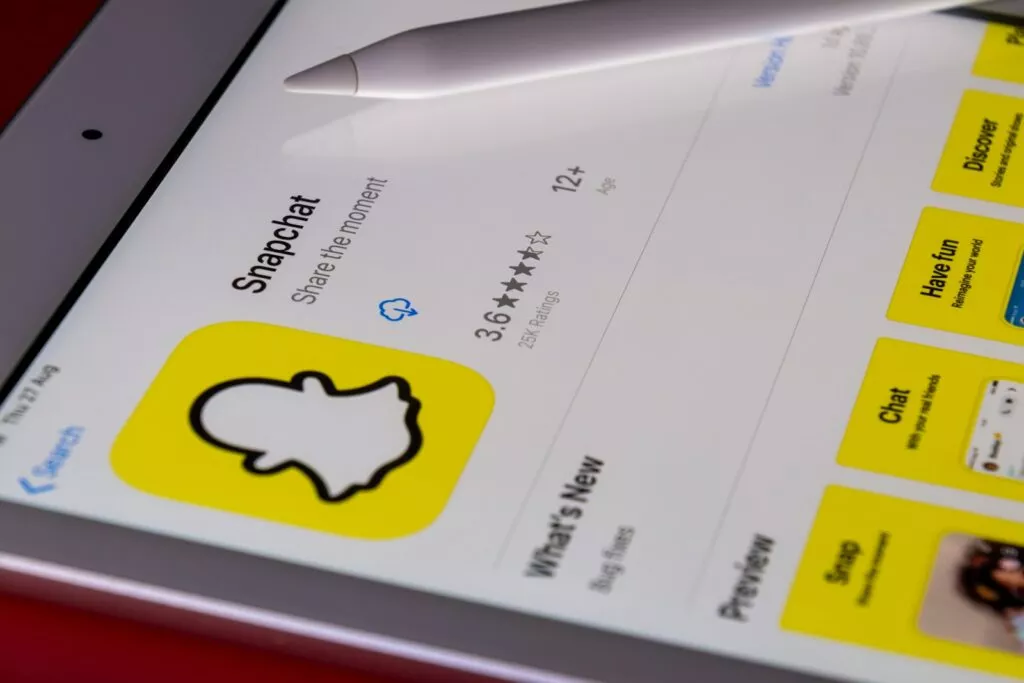


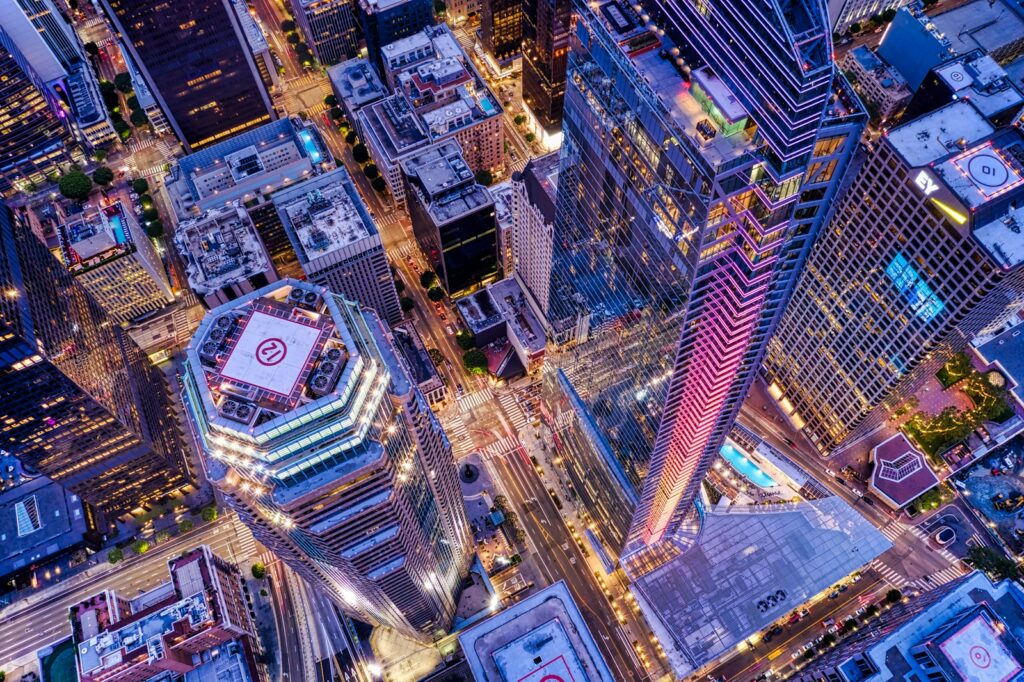
3 Comments
This is motivating
Very well written! I did find myself though hoping you were going to discuss that creative process that happens both when we look through the viewfinder AND when we then begin working with the image on the screen. Knowing when to stop in the post processing stage is crucial, and from what I’ve seen not fully grasped by many.
Love this article! I definitely listen to my gut as a photographer, and my weakness is technical proficiency because most of the time, I don’t have the skill to produce what I picture in my mind’s eye. But I know I can work on that.
However, I’m also a writer and I find that the brain-censor is much more powerful when I write. The constant inner critic saying “that sentence is a cliche” and then I freeze. So I’m learning to tell that guy to shut up, let me get the first draft done, THEN I’ll “worry” about rewrites.